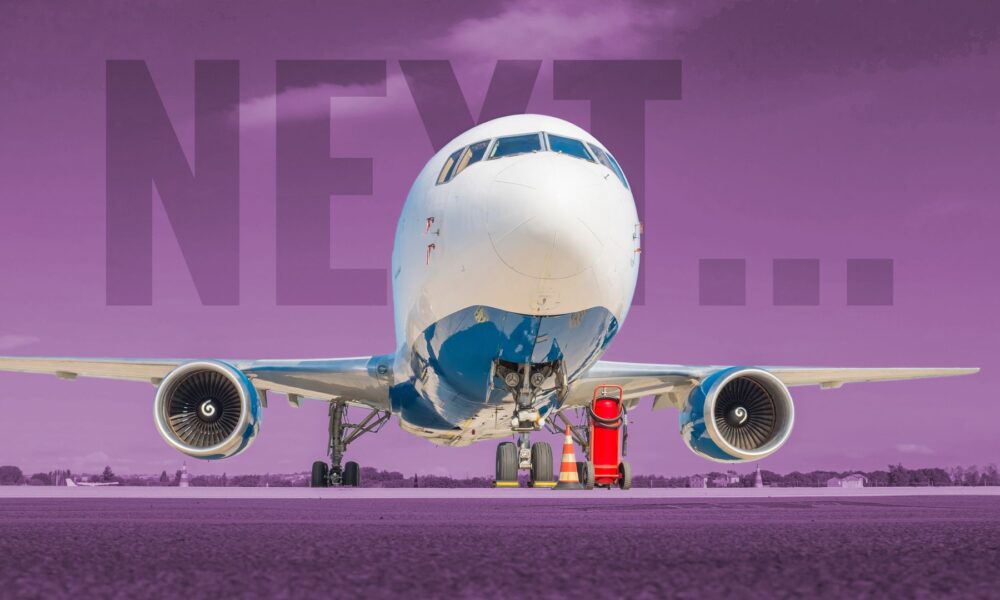The iconic Boeing 767, which first took to the skies in September 1982, is facing an uncertain future as airlines look to newer, more efficient models. With maintenance costs rising and an increasing emphasis on environmental regulations, the 767 may soon be replaced by the Airbus A330neo, which is poised to become the new workhorse for medium to long-haul flights.
As of September 2023, a total of 1,341 Boeing 767s have been delivered, with several modern variants still in production. The 767-200ER variant, for instance, seats 181 passengers and has a range of 6,590 nautical miles, making it a strong contender for transcontinental routes. However, the aviation industry is undergoing significant changes due to new emissions guidelines, with the International Civil Aviation Organization (ICAO) setting standards that will take effect in 2028.
A330neo Certified for Upcoming Emission Standards
The new ICAO regulations mandate that all certified aircraft must produce lower levels of CO2 emissions. Current models on the market largely do not meet these standards, but the A330neo stands out as an exception. Recently, the European Union Aviation Safety Agency (EASA) certified the A330neo as the first aircraft to comply with the upcoming 2028 requirements. This certification positions the A330neo as a viable successor to the 767, especially among airlines willing to shift from Boeing.
The A330-900, the first variant of the A330neo, was delivered to TAP Air Portugal in November 2018. Following that, the A330-800 variant was handed over to Kuwait Airways in October 2020. The A330neo boasts a 14% improvement in fuel efficiency per seat compared to its predecessor, the A330ceo. Notably, it consumes just 2.1 liters of fuel per 100 kilometers per passenger, a figure that has earned it the nickname “the 2-liter aircraft” from Condor, a German airline.
Efficiency and Performance Metrics
The A330neo is equipped with advanced Rolls-Royce Trent 7000 engines, which offer a significantly improved bypass ratio, enhancing fuel efficiency. Its specifications highlight its capabilities:
– **Range**: 7,200 nautical miles
– **Cruise Speed**: Mach 0.86
– **Seating Capacity**: 440
– **Max Takeoff Weight**: 553,400 pounds
– **Fuel Capacity**: 36,750 US gallons
The aircraft also features aerodynamic improvements, such as longer wings and winglets, contributing an additional 4% in fuel savings. Simone Rauer, Airbus’ Head of Aviation Environmental Roadmap, emphasized the significance of the A330neo’s EASA certification, stating, “Airbus is proud to be the first commercial aircraft manufacturer to receive EASA certification for ICAO’s new CO2 emissions requirement.”
While the A330neo has made a strong case for itself, the Boeing 787 Dreamliner also enters the conversation as a potential competitor. Introduced in October 2011, the 787 is a newer design that offers significant fuel efficiency. According to the i6 Group, the 787-9 may outperform both the A330neo and the A350-900 in terms of fuel economy per seat.
Comparative fuel efficiency figures are as follows:
– **Airbus A330-900neo**: 2.48 liters per 100 kilometers per passenger
– **Airbus A350-900**: 2.39 liters
– **Boeing 787-9**: 2.31 liters
Despite the A330neo’s established performance, airlines face additional considerations when choosing between the two models. For those already operating Boeing aircraft, the cost of retraining crews to adapt to Airbus systems may deter them from making the switch. As noted in discussions within the aviation community, established Boeing operators are likely to remain loyal to the brand, especially given the significant operational adjustments required to transition to a different manufacturer.
Despite these challenges, Condor has made the decision to embrace the A330neo, ordering 16 aircraft with specifications designed for long-haul routes. The airline aims to replace its aging fleet of 767s, highlighting the A330neo’s environmental benefits, including a 20% reduction in CO2 emissions compared to existing models. Condor claims that the A330neo will provide the quietest cabin experience in its class, with noise pollution at airports reduced by up to 60%.
As the aviation industry continues to evolve, the replacement of the Boeing 767 with modern aircraft like the A330neo signals a shift towards greater environmental responsibility and efficiency. The introduction of models compliant with upcoming emissions standards not only meets regulatory requirements but also aligns with growing consumer demand for sustainable travel options.






